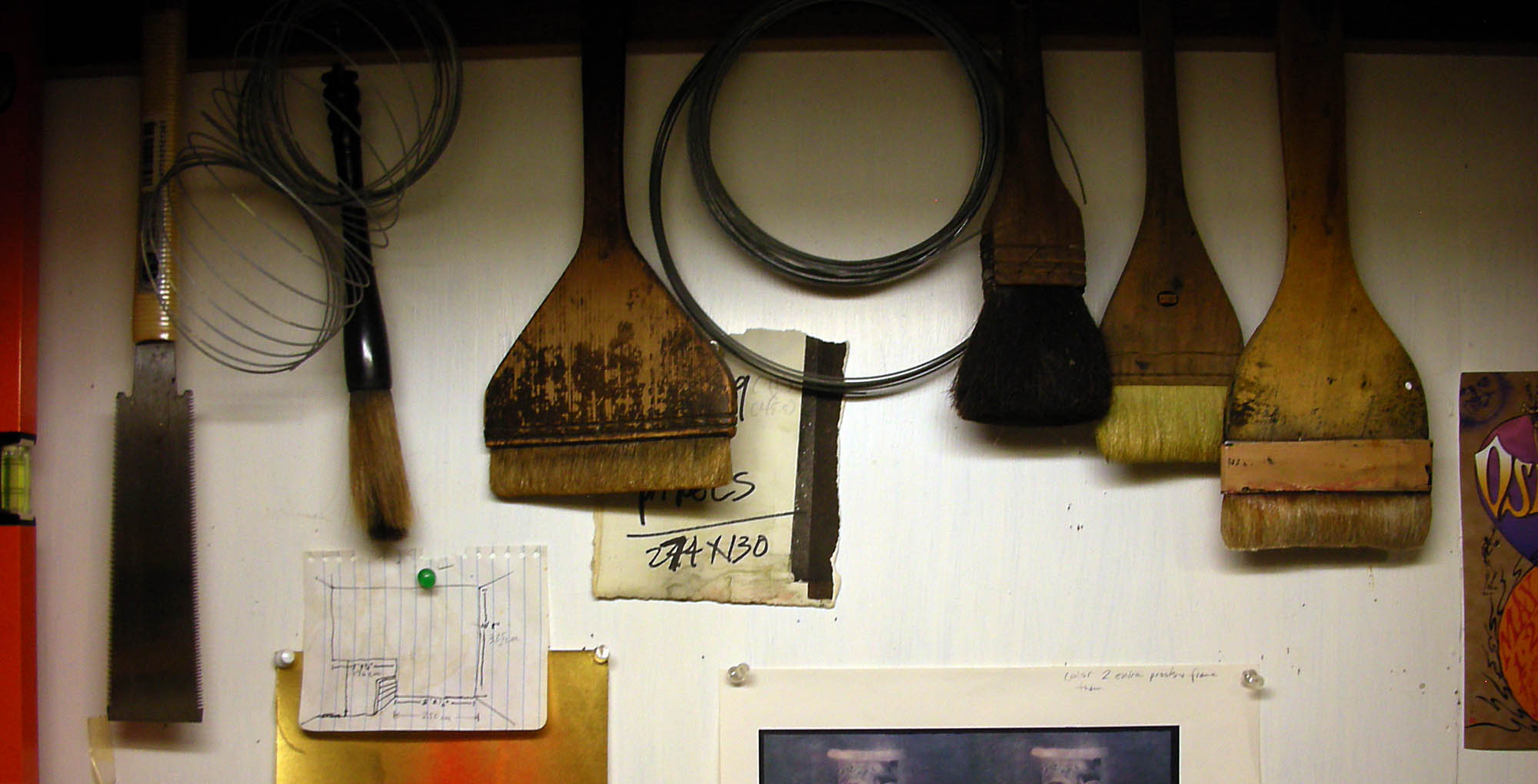PAPER
Contemporary Japanese print artists use a variety of traditional paper, sometimes handmade by the artist, or more newer forms of paper for printmaking. The art of paper making was first introduced to Japan through China in about 610AD
Washi is traditional Japanese handmade paper, usually containing no wood pulp. Fibres for most washi come from the bark of three different plants. Kozo, or mulberry plant fibre is the most common type and is the thickest and strongest, and used often in woodblock printing. Mitsumata from this indigenous Japanese plant, is more delicate, and as it takes the longest to grow is the most expensive of papers. Gampi from a wild shrub-like plant, produces thin glossy fibres which are extremely tough. It gives the paper a sheen, and its water-resistant nature keeps the ink from bleeding.
Washi’s strength, absorbency, warm qualities, and flexibility lends itself not only to woodblock printing but to a variety of other forms of printing such as wood engraving, etching, lithographs and stencilling. Traditionally-made washi is truly acid-free when it is unbleached.
Western originated paper is also used by contemporary print artists. Arches, a 100% cotton-based paper produced in France, is particularly suitable for silkscreen printing.

